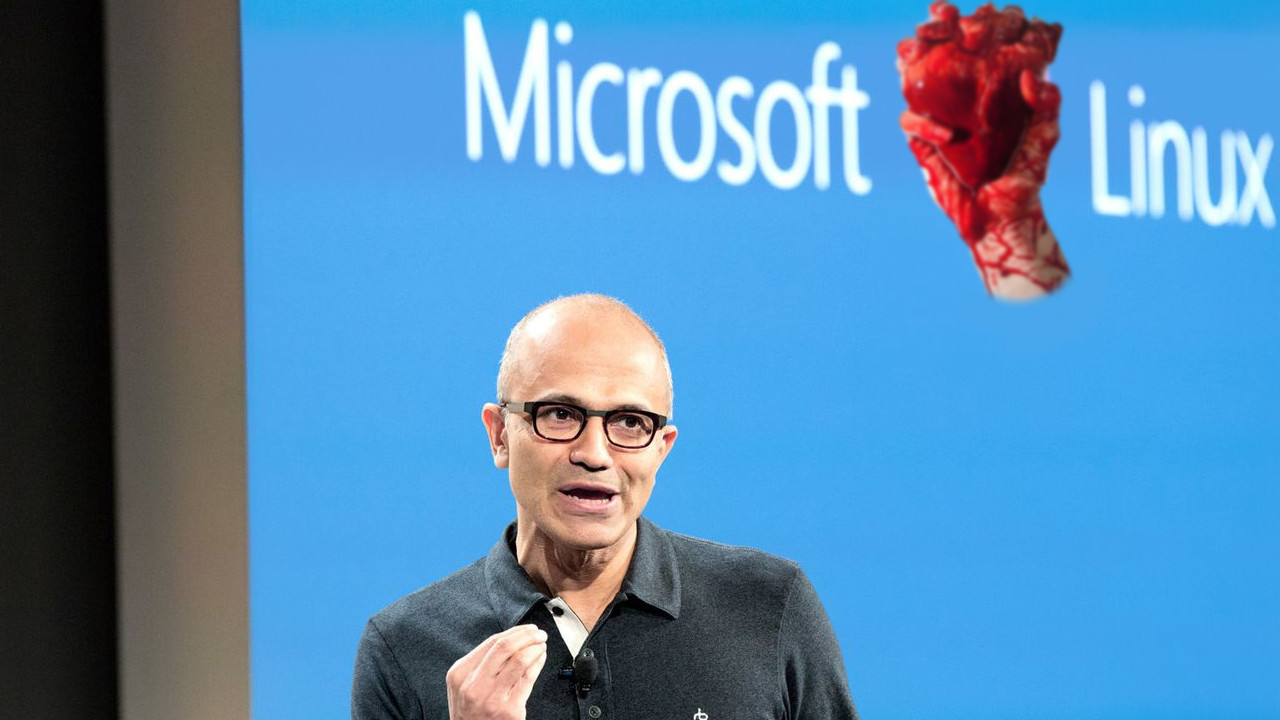Debian 12 is out! Unifying the PC desktops with Kera, Presonus ioStation vs Linux, and a Pi powered robo dingo.
Listen:
Subscribe Google Podcasts | Spotify | Apple | Stitcher | TuneIn | RSS | More
Timestamps:
00:00 Intro
00:58 Why Reddit went private
06:30 Portal PC build
08:58 Debian 12 released
17:00 Unified desktops with Kera
24:44 Poking the Presonus ioStation
32:17 Pi powered pupper
Colour key – Venn Jill
Debian Bookworm 🐛
https://www.debian.org/News/2023/20230610
- Time to change those repos from bullseye to bookworm.
- Add non-free-firmware if you were using non-free.
- Then it’s apt update & apt upgrade.
- That’s it. Welcome to Debian.
- Unless you end up with help packages.
- Protip:
- You get kernel 6.1, GIMP 2.10, XFCE 4.18, etc.
- The new minimum processor requirement is i686.
- This release also includes beautiful new artwork called Emerald, designed, once again, by Juliette Taka.
- New fonts are also present in this Debian release, along with a new fnt command-line tool for accessing 1,500 DFSG-compliant fonts.
- Other changes include the deprecation of os-prober by default in the GRUB bootloader to check for existing OS installations.
- This mainly affects dual-boot users, who will need to rely on dpkg-reconfigure now.
- Or you can edit the file /etc/default/grub, ensure you have the setting GRUB_DISABLE_OS_PROBER=false and re-run update-grub like I will when I install Debian 12 on one of my systems with many Linux distros installed on them.
- I played with and installed the Debian 12 Live Cinnamon desktop ISO, which includes the Cinnamon desktop 5.6 on one of my iMacs.
- I realized that I had never played with the Cinnamon desktop on Debian, so I wanted to try it out.
- And as usual, I installed my favorite X window and desktop managers on the foundational distro known as Debian: Window Maker, Enlightenment, XFCE, twm and Ratpoison!
Kera Desktop
- I’ve always wanted a unified desktop stack.
- Rooms look neat.
- Think of rooms as profiles but for the same person.
- It’s written in vanilla javascript and does not rely on third-party frameworks but uses some independent libraries.
- It looks like this is based on Linux but the entire desktop environment runs on html/css/js.
- There is an innovative new open source desktop manager in development called Kera Desktop.
- Kera Desktop is a web-based, cross-platform desktop environment for Linux, Windows, macOS and ChromeOS, and as Kera states it is “An easy, pleasant, speedy, and exciting way to use your favorite OS.”
- And the default theme uses a very bright rainbow of colors I am sure Venn doesn’t like LOL
- It reminds me of a cross between my favorite X window manager Window Maker, with its square icons and dockapps, to the menu systems of AfterStep, Unity and Budgie Desktops all combined into one!
- On the left of the desktop there is a drawer launcher which is carefully organized to help you open an app, file, or web page.
- The drawers on the right are a quick way to use apps within the drawer, almost like widgets for opening the weather app, calendar, notes, clipboard, settings etc.
- And you can activate a Favorites dock on the bottom of the screen by clicking “Favorites Show at bottom” button in the top of the left drawer.
- Also, you can split windows in various ways, including a 3-column mode which is especially useful for ultra-wide monitors.
- And the menus are organized in a Grid-style and are icon-focused, which makes color-coded items easy to find and remember.
- You can access the “Rooms” icon by right clicking on the desktop.
- You can have different rooms based on what you do, and arrange them with things for only that purpose.
- You can think of them like Linux workspaces but only for certain categories of apps, like Gaming, Theatre. Work.
- I did my show notes for today’s LWDW on my new Portal rig using the Kera Desktop, and its web browser, simply called “Browser.”
- You can tile new tabs by clicking the plus sign in the top right of the browser menu.
- But because the Kera Desktop is still in the Alpha phase and not all functions and keyboard shortcuts are working yet, I couldn’t get my show notes to zoom in or out in the browser using the ctrl+ or ctrl- keyboard commands, so I could read the text easier.
Interfacing Linux ioStation
https://linuxgamecast.com/2023/06/interfacing-linux-presonus-iostation-24c/
- PreSonus fused their FaderPort and 24c into an audio interface/production controller.
- This isn’t exactly a new idea. TASCAM did it in 2003 with the FW1884 and M-AUDIO had a crack at it in 2006. And Behringer has kept the tradition alive with the X32.
- I expected the audio interface to work but the control surface?
- Bit of a mixed bag, that.
- It functions with Ardour because Paul really likes them.
- It’s a dumpster-fire with Reaper.
- Preamps are preamps and it will drive any headphones you own.
Slice of Pi
Quad Pi
https://www.tomshardware.com/news/raspberry-pi-dingo-quadruped
https://github.com/Yerbert/DingoQuadruped
- Missing your Sony AIBO?
- A new one of those will set you back $2,899.99.
- Total cost is ~$1300.
- Not a bad price for a hunter-killer cute robo pupper.
- Do you want to create a mini version of the Boston Dynamics robot dog Spot? Well then this orange Raspberry Pi quadruped named Dingo is a great solution at a fraction of the cost!
- Engineering students Alexander Calvert and Nathan Ferguson of Monash Engineering have created an impressive quadruped robot that relies on the Raspberry Pi 4 B.
- According to the students, the intention was to create a low-cost solution that would be ideal for research and modifiable with additional components.
- While using a remote control you can operate its pitch, roll, yaw and adjust for speed.
- I thought it was cool that the students used a Play Station 4 controller for their remote control!
- It can crouch and carry a bit of weight to transport things.
- The body is 3D printable, and there are lots of parts required, like an Arduino Nano and a huge list of hardware which includes 12 servos priced at $44.49 a piece.
- You can get the complete parts list on the project’s GitHub page.
- The operating system is Ubuntu, and the coding tools you will need are VSCode and The Robot Operating System Noetic, as well as custom Python scripts to handle things like controller input.











